The Gift of South Dakota
Subscriptions to South Dakota Magazine make great gifts!
Subscribe today — 1 year (6 issues) is just $29!
Black and White Review
Dec 11, 2019
November tends to put me in a black and white mood. The end of the year has begun. No more green. No more leaves. Brown on brown. Bleak on bleak. Stark though it may be, there is beauty in simplicity. And the lack of color can sometimes help to see a scene better, particularly in scenes of black and white.
I should confess that I’ve always been interested and intrigued by black and white images. When they are well done, they tend to evoke feelings of nostalgia and maybe even loneliness. They also can bring certain details to the forefront that might otherwise go unnoticed in color images. I first learned how to develop black and white images in an old-fashioned darkroom. The smell of the chemicals, the red light and the fascination of watching an image emerge from a seemingly blank piece of paper floating in the bath was both amazing and somewhat addicting.
For this column, I revisit my fascination with black and white. Folks have asked me over the years about technique and process, so I wanted to share some images from this most recent season of black and white moods. I’ll also share a few of the same scenes in full color. Then you can decide which one you prefer.
I never take black and white photos in the field. I believe some (if not many) cameras allow you to take photos in monochrome when you trip the shutter. This is akin to using black and white rolls of film instead of color film in the days before digital cameras. I used to do it myself, but not anymore.
Pretty much all digital photo editors nowadays allow you to desaturate images in one way or another. The more advanced versions even allow you to adjust the levels of reds, greens, yellows, blues and magentas when editing monochrome. This may seem counterintuitive at first blush. Why would the amount of red make any difference if the final image will have no color in it? Well, that’s a great question. The best answer goes back to photography techniques that the great Ansel Adams taught us. He would shoot scenes using red, orange and yellow filters. This technique altered that particular wavelength of light before it exposed on the film. A red filter would render blue skies black, and green grass would become lighter, for example. Adams taught us that the best black and white images had a true black and a true white somewhere within the composition. Adding filter allowed him to better find those tones. Nowadays we can simulate that technique with digital sliders and adjustments.
One of my first photography professors told me something that I remember to this day and with which I still agree. He said there is nothing quite as beautiful as grass in black and white photography. Add South Dakota’s famous blue skies accented with white clouds and you have a recipe for very interesting black and white scenes.
So maybe this season of early winter isn’t so bad for photography after all. I guess the bleak is what you make of it. This hobby of photography has taught me something that I never knew I needed to learn: there is beauty in almost every vista we find before us each day. It all depends on how you look at it.
Christian Begeman grew up in Isabel and now lives in Sioux Falls. When he's not working at Midco he is often on the road photographing South Dakota’s prettiest spots. Follow Begeman on his blog.


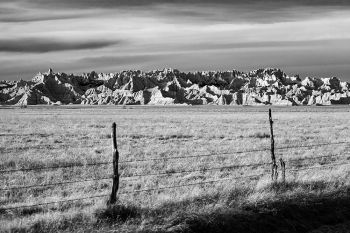
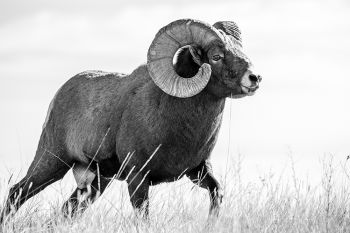
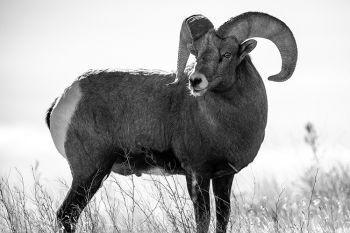
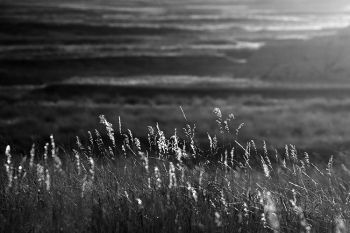
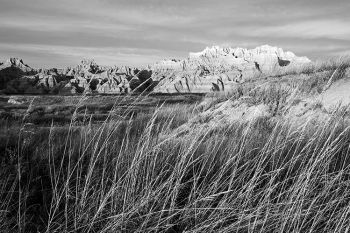
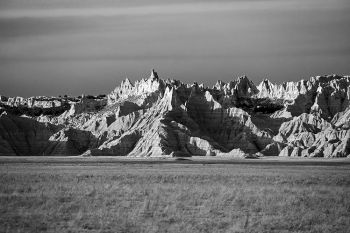
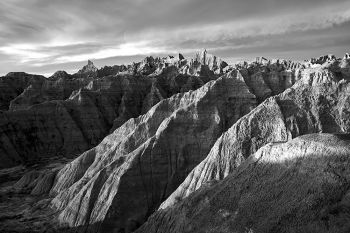
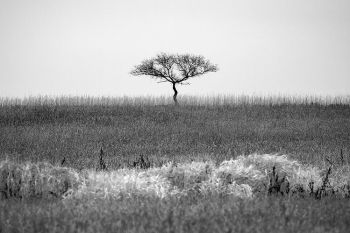
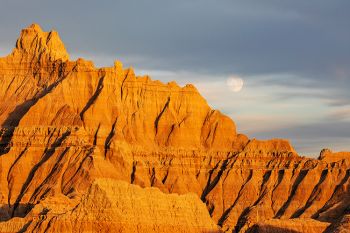

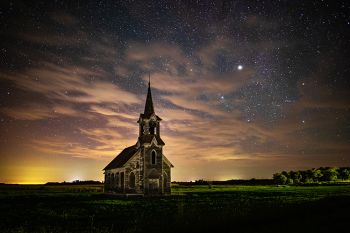
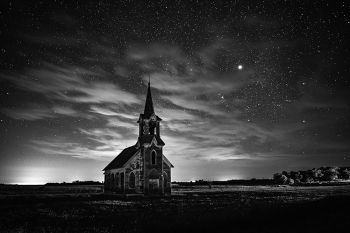
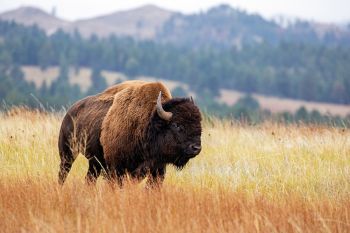
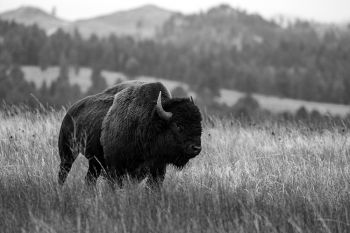
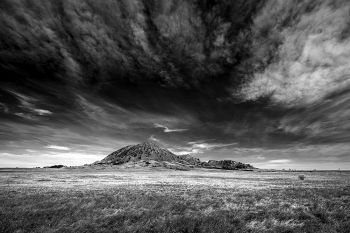
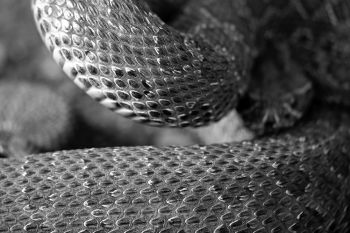
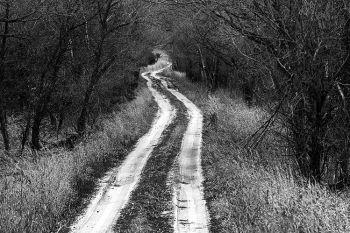
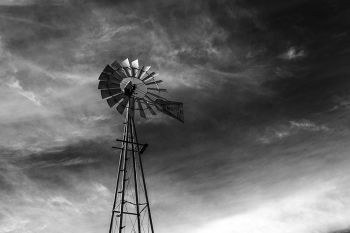
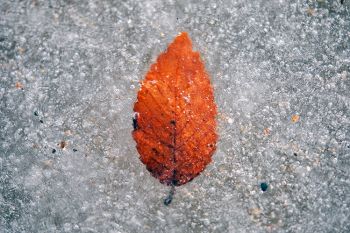
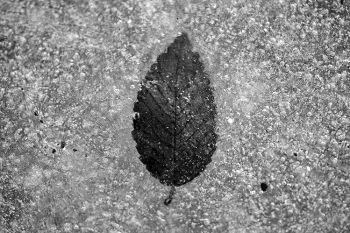
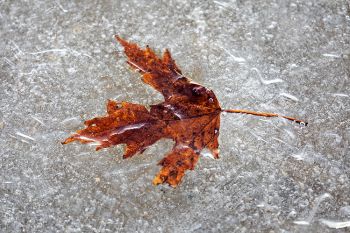
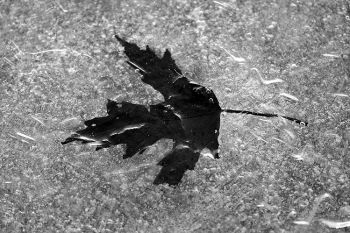

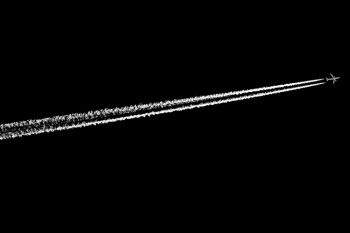
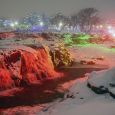
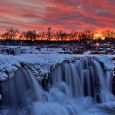

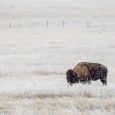
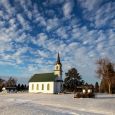
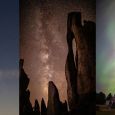


Comments